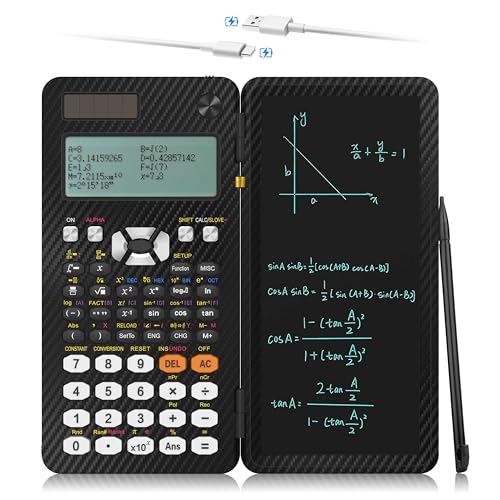For the Question below im having trouble understanding the simplifications made.


So far i understand we are given 3P quantities and we are after the ratings of each 1P XFRM that make up the 3P auto XFMR where:
3Ph MVA= 180
Therefore, this means the 1P MVA= 60
Assuming this is an ideal XFRM this means MVA in =MVA out= 60MVA
for which the output is taken across the common winding so why wouldn't MVA_Common=60MVA?
I find it confusing that we assume 60MVA at the output yet we derive a new MVA on the common winding.
If anyone can help clarify it would be much appreciated.


So far i understand we are given 3P quantities and we are after the ratings of each 1P XFRM that make up the 3P auto XFMR where:
3Ph MVA= 180
Therefore, this means the 1P MVA= 60
Assuming this is an ideal XFRM this means MVA in =MVA out= 60MVA
for which the output is taken across the common winding so why wouldn't MVA_Common=60MVA?
I find it confusing that we assume 60MVA at the output yet we derive a new MVA on the common winding.
If anyone can help clarify it would be much appreciated.























